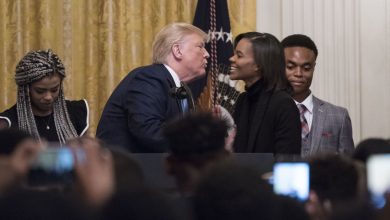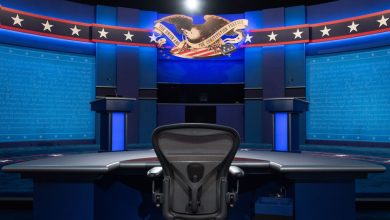Flags in the Modern Office: Tradition or Branding Strategy?

Flags in the workplace carry meaning before a single word is spoken. They can honor service, signal global reach, or simply add presence to a quiet lobby. When chosen with intent and placed with care, a flag becomes part of the architecture, not a prop. It sets a tone for visitors and gives employees a daily reminder of shared values.
Context matters. A national flag near reception sends one message, while a brand flag in a product lab sends another. Some teams choose a folded memorial flag in an American flag case to recognize colleagues who served, keeping the tribute dignified and discreet. The point is not to fill a blank wall, but to match symbol to space, protocol to purpose, and design to culture.
Why Flags Still Work In Modern Offices
A flag carries meaning that signs and slogans cannot match. It signals a link to country, community, or company history. Clients notice. Employees notice too. The display becomes part of how a space feels, much like art, materials, and light.
Flags also offer flexible storytelling. A national flag near a citizenship clinic or a veterans’ hiring event adds context. A brand flag in a product lab highlights work in progress. When you connect a flag to real programs, the display holds weight and avoids empty gestures.
The key is intention. Avoid placing flags because a wall looks empty. Start with a purpose. Then design the display to support that goal, not the other way around.
Protocol First, Then Design
If you display a national flag, follow basic etiquette. Keep the union in the correct position, mount the flag on a stable staff, and light it if the space stays open after dark. Set a cleaning and replacement schedule, so colors remain crisp and edges stay intact. Respect shows in the details.
Place the flag where visitors can see it without blocking exits or signage. Corners behind reception desks often work well. Meeting rooms work too, as long as the flag does not compete with the speaker. Use soft, even lighting that avoids glare and harsh shadows.
When you show multiple flags, keep a clear order. Give the national flag the position of honor. Match heights and sizes, so the set reads as one composition. Add spacing, so each flag hangs free and looks intentional.
Using Brand Flags Without Clash
Brand flags can reinforce identity when they follow design rules. Match colors to the approved palette. Keep logos crisp and printed on quality fabric. Avoid fringe, tassels, or novelty cuts that undermine a modern look. A simple, well-made panel earns more trust than a flashy one.
Respect hierarchy. Never place a company flag above a national flag. Do not share a staff unless protocol allows it. Use separate staffs at the same height if you want both flags in one view. Keep brand flags near product zones, showrooms, or event spaces where they make sense.
Think in sets. A brand flag, a mission statement in metal or wood, and a product photo can form a strong wall. Use one focal flag and let the other elements support it. Too many panels create visual noise and dilute the message.
Culture, Morale, and Recognition
Flags can speak to people who work in the building. A service flag near a recognition wall honors veterans. A state flag by a hiring board says the team comes from here and serves here. Small desk sets can mark project teams that span offices and time zones.
Tie the display to real actions. A yearly service day, a veteran mentorship program, or pro bono work gives the flag context. Post a short note that explains the link. People trust displays that connect to programs they can join or see in action.
Invite employees into the plan. Ask a small group to define guidelines that fit your company’s values. Include people from facilities, HR, and DEI. When different teams help shape the standard, the result feels honest and consistent.
Global Offices and Inclusive Choices
Multinational teams want to feel seen. Rotating national flags in reception shows respect for visiting teams and shared projects. Keep the set balanced. Avoid a flag wall so crowded that no one flag reads clearly. Two or three placed with care often work better than ten in a row.
Be thoughtful during sensitive times. Some events call for a pause or a simple statement near the display. Keep politics out of the lobby and use internal channels for complex topics. If the company hosts cultural events, add temporary displays in event spaces rather than changing a permanent lobby set each week.
Language and order matter. Use consistent naming in directories and internal screens. Sort by a clear rule, like alphabetical order, and stick to it. Consistency prevents confusion and helps guests feel welcome.
Where, What, and How: Practical Setup
Location comes first. Choose spots with clean sightlines and enough clearance for staff and visitors. Keep flags away from HVAC blasts and direct sunlight to slow fading. For small rooms, a wall set saves floor space and looks polished. For large rooms, floor sets create presence near a podium or seating group.
Materials make a difference. Use indoor-rated fabrics that hold color and shape. Choose powder-coated or stainless hardware for durability. Match finials and bases across the set. The eye reads coordinated parts as quality, even from a distance.
Write a care plan. Schedule dusting, steaming, and hardware checks. Replace worn cords and scratched bases before a client notices. Keep spare flags and parts in a labeled cabinet. Good upkeep turns a one-time setup into a lasting standard.




